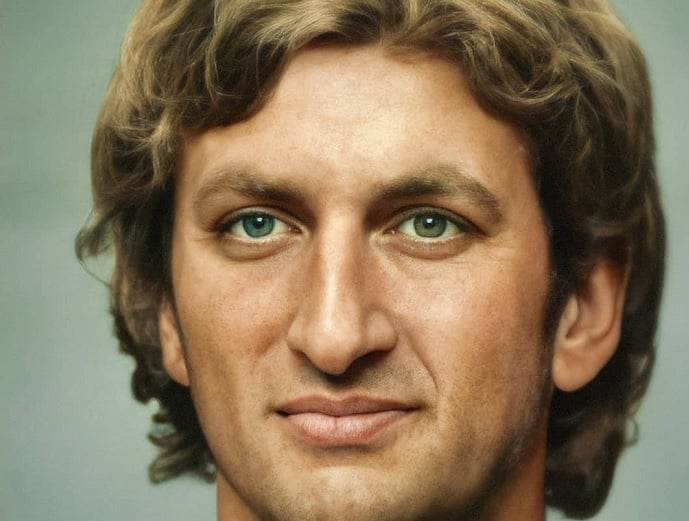What Alexander the Great Really Looked Like

Dutch photographer and digital artist Bas Uterwijk has been shining a light on what iconic figures from history might have looked like in real life. His latest creation is Alexander the Great, the king of the ancient Greek kingdom of Macedon, who famously conquered most of the known world of his time.
By using various digital manipulation tools, Uterwijk is able to create photorealistic portraits of famous artists, leaders, mummies, philosophical thinkers, and even the models for paintings. Below is his reconstruction of the face of Jesus.
Based in Amsterdam, Uterwijk has a background in computer graphics, 3D animation, and special effects. He uses a well-known image of each subject to transform them into a photographic portrait.
Alexander the Great’s life
Alexander III, the “Basileus of Macedon,” the “Hegemon of the Hellenic League,” the “Shahanshah” of Persia, the “Pharaoh” of Egypt, and the “Lord of Asia”—better known as Alexander the Great—was one of the most significant figures in human history.
Born in Pella in modern-day Central Macedonia in northern Greece in 356 B.C., he was the son of Philip II, the King of Macedon and his wife, Olympias. However, Alexander was no royal place-holder. He became renowned at a very early age for both for his military and political capabilities.
Alexander, whose name in Greek (Alexandros) means “defender of men,” knew as the son of a king that his destiny was already written, putting him at the forefront of history.
This was why while he was still a teenager, he began to be tutored by one of Greece’s most respected men, the giant of philosophy and science, Aristotle.
Since his education included philosophy, politics, ethics and science, Alexander was clearly not brought up to become just a warrior but a thoughtful leader of men and society.
Fate dictated that following his father’s assassination when Alexander was only twenty, he would take into his command not only the Kingdom of Macedon but also the generalship of the Hellenic League of Greece.
Several years prior to that, his father Philip II of Macedon had managed to unite most of Greece’s city-states, urging them to address the Persian threat as a united and solid front. Alexander fearlessly took on this enormous responsibility after the death of his father and began the great march of the Hellenes to the East.
By his own admission, Alexander endeavored to conquer all the way to the “ends of the world and the Great Outer Sea.” He and his legions invaded India in the year 326 BC, winning an important victory over the Pauravas at the Battle of the Hydaspes.
However, after years of never-ending war across the Near East, the mighty general finally turned back toward home at the demand of his homesick troops.
Alexander the Great died in Babylon in 323 BC, the city which he planned to establish as his capital, before he could execute a series of planned campaigns which would have begun with an invasion of Arabia.
end quote from:
https://greekreporter.com/2022/08/21/alexander-the-great-look-reconstruction/


No comments:
Post a Comment